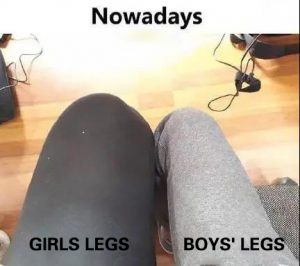
“90 kg upper body, 120 kg legs”, thick legs, can be called the number one trouble for many women.
The more heart-stirring reality is that the legs of boys around are generally long and thin, and full of power.
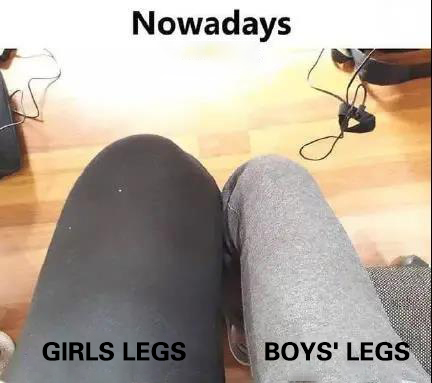
The status quo of girls’ legs vs boys’ legs
Why do boys have thinner legs than girls? What is a healthy leg circumference? Life Times (in WeChat
Men are born with “skinny legs gene”
Regardless of the physiological structure or fat distribution, men do have some inherent advantages over women in terms of leg thinness.
Naturally low body fat rate
After men and women enter puberty, sex hormones promote the appearance of secondary sexual characteristics. Male hormones are mainly responsible for nourishing muscles, while female estrogen “prefers” to promote fat growth.
Under the same weight, the volume of muscle is smaller than fat. In other words, even when men and women have the same weight, boys’ legs will look thinner and longer.
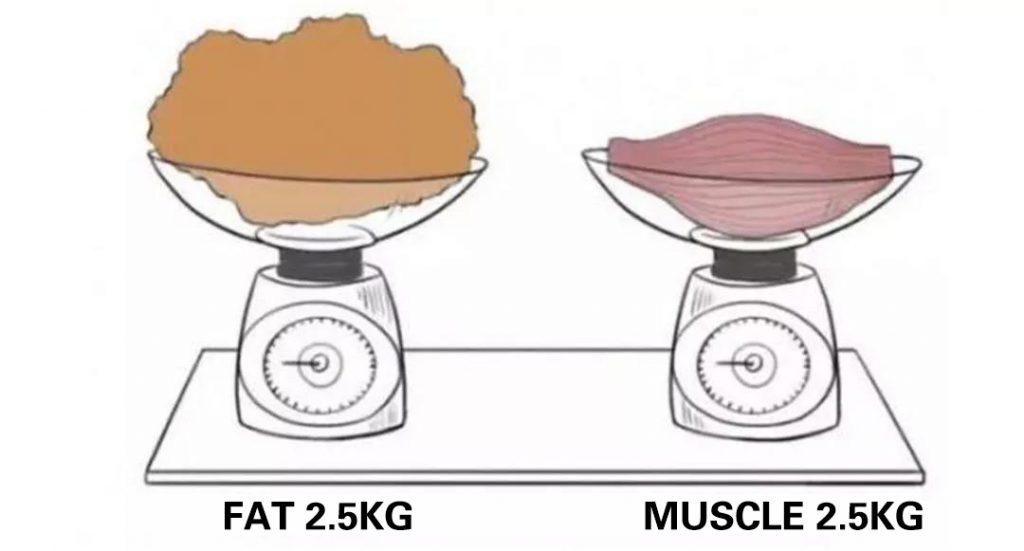
Born to have long hips and slender legs
Because of the different reproductive needs, the female pelvis is wider and flatter than the male, and the pubic angle is also larger. Coupled with the advantage of the average height of males, females have wider hips + shorter legs, and visually thicker legs.
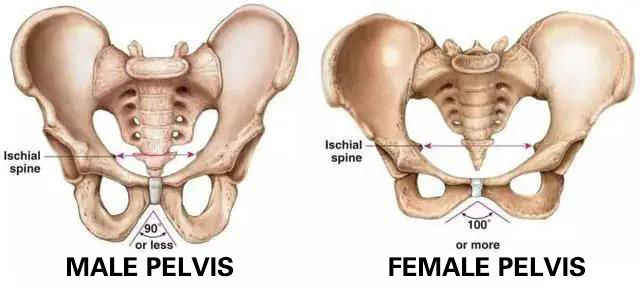
Natural legs are not easy to get fat
Due to physical sex, most women’s fat is distributed in the chest, buttocks and legs with a large proportion, and men’s fat is generally distributed in the waist and abdomen.
To put it bluntly, men gain weight first to grow waists, women gain weight first to grow legs.
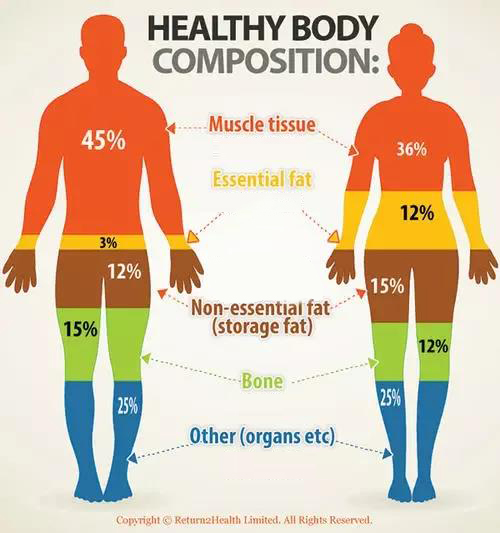
In addition to the advantages of physiological structure, some men also love sports at ordinary times. The range of motion and activity of the lower limbs are larger, and the chances of burning calories in the legs are more.
4 kinds of thick legs, each with stovepipe plan
Although women are naturally prone to fat legs, they can overcome genes as much as possible through hard work.
Before getting thin legs, you must first understand which type your legs are thick. According to muscle and fat content, the legs can be roughly divided into 4 types:
Fat legs
The flesh of the legs is soft and not strong. Some people will have wrinkles on the back of the thighs. Like orange peels, thick flesh can be easily pinched out. When you stand up and step on your feet, the contours of the big and calf muscles are not obvious. Mainly due to lack of exercise.
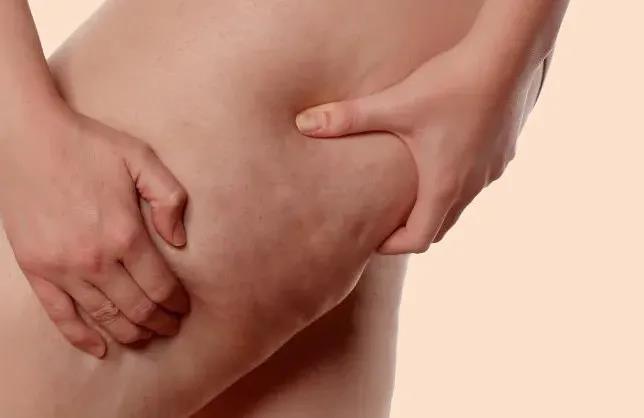
◆ Solution: Stovepipe should focus on reducing fat, and aerobic exercises such as jogging, spinning, swimming, and rope skipping are the best choices. Recommended “open and close jump”:
Opening and closing jumping: While gently jumping up with both feet on the ground, open your hands from both sides of your body and lift them up to the top of your head. Push your feet together on the ground, return to the starting position, and restore your hands to your sides.

Muscular thick legs
The legs are squeezed hard, and you can see obvious muscle contours when standing. Improper exercise or walking posture, long-term wearing of high heels, etc., can easily lead to muscle tension and stiffness in the legs.
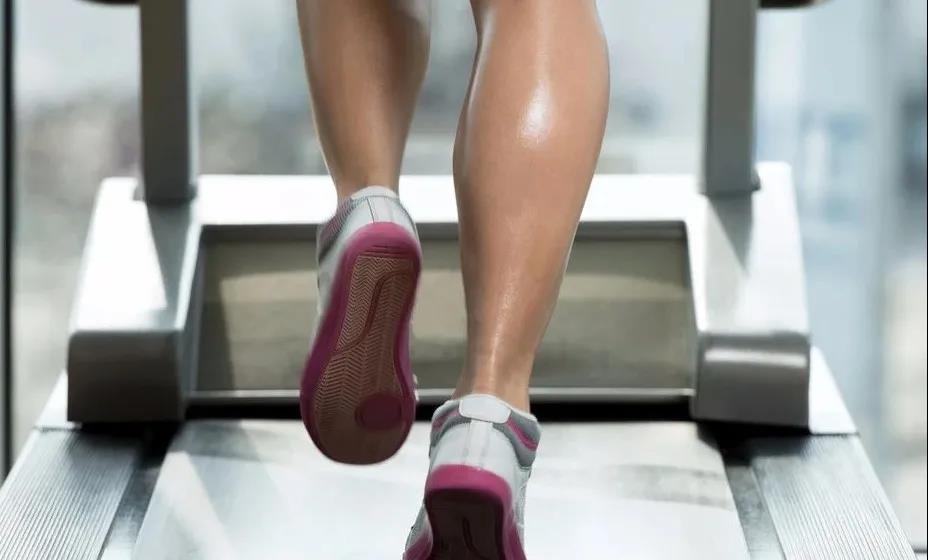
◆ Solution: Focus on stretching and massage. Recommended “Static Calf Stretching” and “Foam Roller Legs”:
Calf static stretch: Keep a stretch position still for 15 to 30 seconds, then rest for a while, and continue to stretch again.
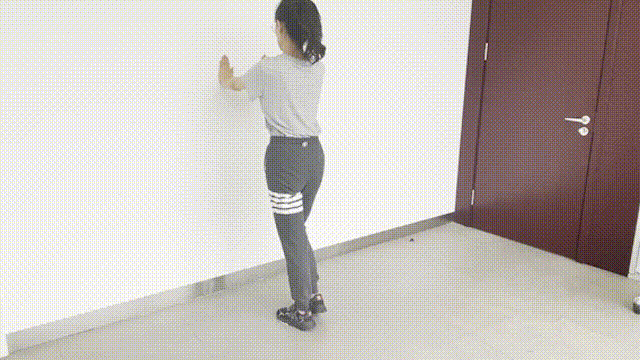
Foam roller legs: Roll your legs on the foam roller to stimulate the deep muscles of the legs.
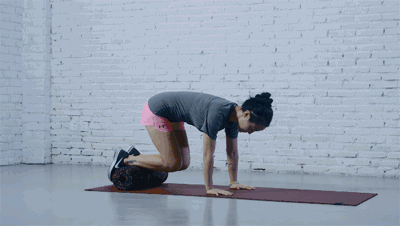
Fat mixed muscular thick legs
The legs are moderately firm and the muscle contours can be seen when standing. Improper exercise or insufficient exercise will cause the muscles to be covered with a thicker layer of fat. If you want to lose weight, the most important thing is to lose fat.

◆ Solution: Choose swimming and other exercises that do not rely mainly on the legs to exert force, and then combine the fat-type and muscular-type stovepipe methods to perform massage + stretching + small-scale stovepipe exercises.
Thick legs with edema
The blood streaks and blood vessels on the legs are more obvious, and it is easy to feel soreness in the legs. Pressing the leg with your fingers will create a depression. Long-term lack of exercise, standing or sitting for a long time, swaying your legs, etc. may prevent the body from performing normal water metabolism, resulting in lower extremity edema.
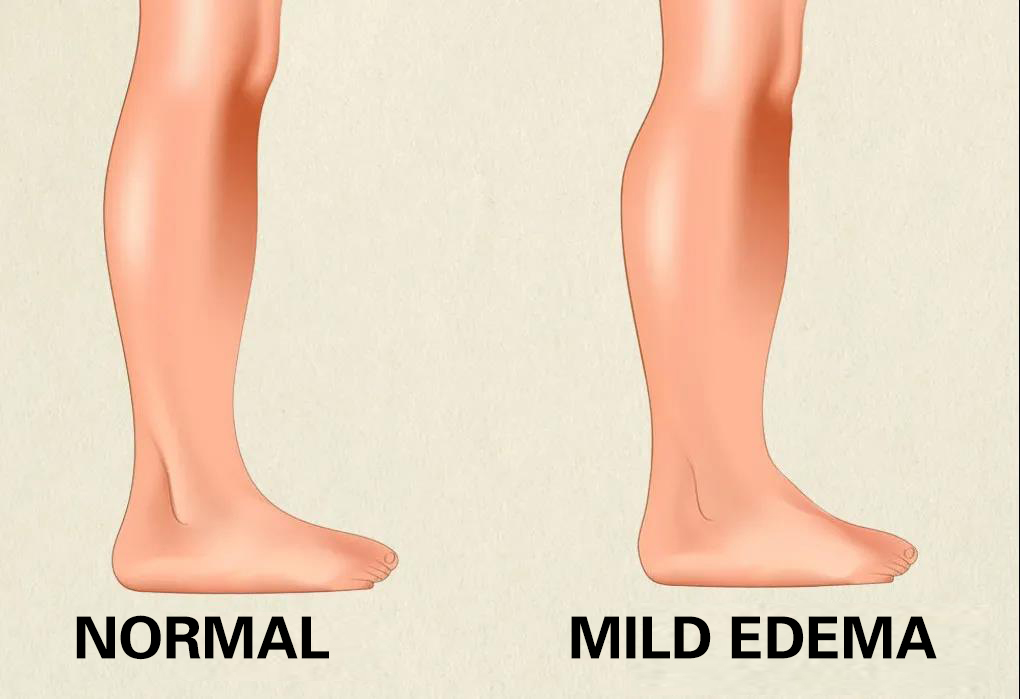
◆ Solution: Promote blood circulation in the lower limbs through exercise, massage, etc., aerobic exercise can be performed 3 times a week, with massage and leg strength training. Recommend “squat” and “ankle pump exercise”:
Squat: The distance between the feet is between the width of the hips and the width of the shoulders, and the toes can be slightly outward to keep the body stable. Keep your chest up and look forward slightly with your knees and toes in a straight line in the vertical direction; squat until your thighs and calves are 90 degrees or lower.
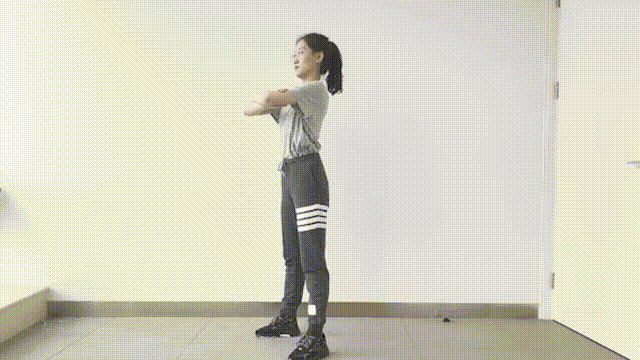
Ankle pump exercise: stretch both knees naturally, hook your feet with your full strength for 10 seconds and then stretch your feet with your full strength. Repeat this exercise as many times as you want without causing pain, the more the better.
Every time you hook your feet and stretch your feet, you should try to reach the maximum extent, and the movements should be as slow and gentle as possible. The effect of doing both feet at the same time is better.
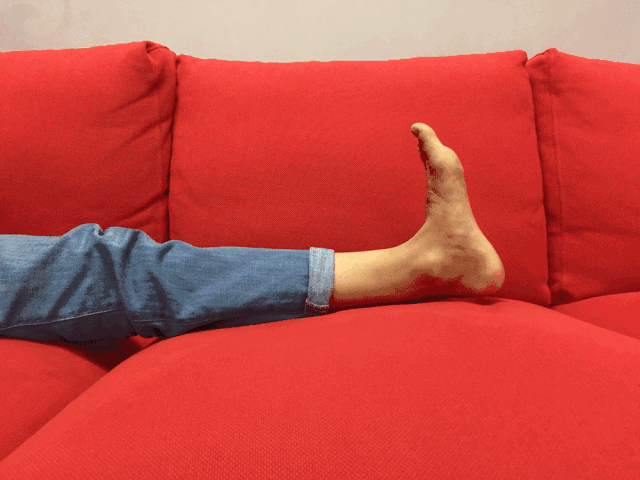
Hoard some of the “meat” of the legs
Slender and slender legs have their own beauty, but legs that are too skinny will often not have good muscle toughness. Generally speaking, the suitable range of leg circumference is 46~60 cm.
The leg is the place where the large muscle groups are concentrated, and it is also an important part of maintaining the balance of the body. Many movements of the human body rely on the strength of the legs. The stronger the leg muscles, the stronger the stability and balance of the body. Therefore, it is still necessary to stock up some muscles in the lower limbs.
I recommend 5 exercises to exercise the lower limbs. Regular practice will help increase the strength of the waist and legs.
Knee bend training

◆ Specific method: Open your feet, shoulder width apart, hold the back of your head with your hands, stretch your shoulders back, stretch your chest, waist, and abdomen to pinch your back, squat down slowly while inhaling, and exhale slowly after a short pause. Stand up slowly. Repeat each session 10 times, and do 5 sessions a day.
Tiptoe training
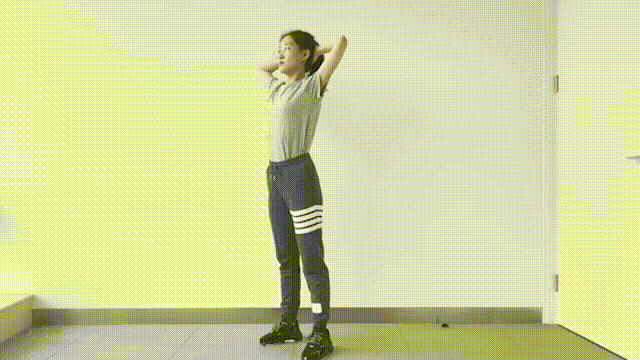
◆ Specific method: Open your feet, shoulder-width apart, hold your chest, waist, abdomen and back, and hold the back of your head with your hands. Then stretch your shoulders back, inhale when you stand on tiptoe, and exhale when you settle down. You can also lift dumbbells with both hands to coordinate the tiptoe motion.
Bridge exercise
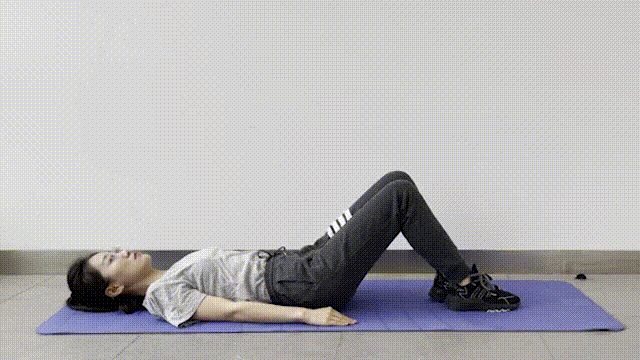
◆ Specific method: Lie on your back, place your hands on your side, or clasp your hands with ten fingers, raise your chest, flex and support your lower limbs on the bed surface, lift your hips off the bed surface, and raise your hips, knees and feet The action of stepping flat on the bed.
Completing this action on both lower limbs at the same time is a double-bridge exercise, and completing this action on one lower limb is a single-bridge exercise.
It is recommended to persist for 6-10 seconds each time.
Straight leg raise
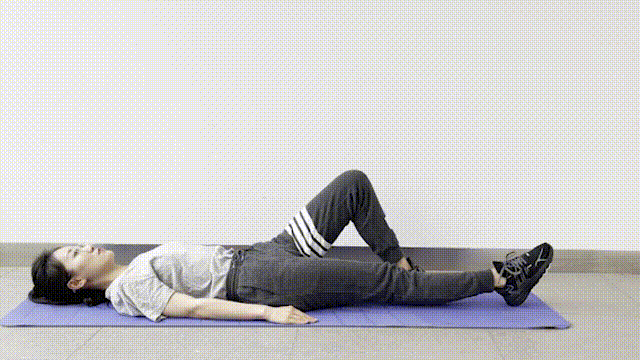
◆ Specific method: Lie on your back with your knees straight. In order to fix the pelvis and lower back, bend the hip and knee joints of one leg and step on the bed, then lift the other leg and raise it by 15 cm.
This height can exercise the muscles of the legs the most, and it is best to persist for 6 to 10 seconds.
Side leg elevation
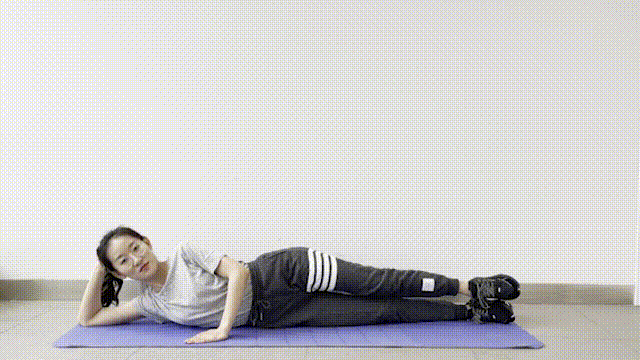
◆ Specific method: Lie on your side, hold your head with the same hand, and place the other hand in front of your belly button. The back of the head, shoulders, hips, and heels should be kept on a flat surface, and the body should be in a straight line.
Keep breathing naturally, relax your body, then inhale and straighten your toes, and slowly lift the upper leg upwards, taking care to always keep the hips perpendicular to the ground; while exhaling, the upper leg slowly descends until it is The lower legs are close together. Rest on your back and adjust your breathing. Practice on the other side.
Comments